I am running blob detection on a camera image of circular objects, using OpenCV 2.4.9. I run a number of standard filters on the image (blur, adaptive threshold, skeletonization using skimage routines, and dilation of the skeleton), and would like to identify blobs (contiguous black areas) on the result. There is SimpleBlobDetector just for that, but however I set its parameters, it is not doing what I would like to.
and this is the processed version, with keypoints from the detector drawn in yellow:

The keypoints don't seem to respect area constraints, and also don't appear where I would expect them.
The script looks like the following, is there something obviously wrong? Or any other suggestions?
import numpy as np
import cv2
import skimage, skimage.morphology
img0=cv2.imread('capture_b_07.cropped.png')
img1=cv2.cvtColor(img0,cv2.COLOR_BGR2GRAY)
img2=cv2.medianBlur(img1,5)
img3=cv2.bilateralFilter(img2,9,75,75)
img4=cv2.adaptiveThreshold(img3,255,cv2.ADAPTIVE_THRESH_GAUSSIAN_C,cv2.THRESH_BINARY_INV,21,0)
img5=skimage.img_as_ubyte(skimage.morphology.skeletonize(skimage.img_as_bool(img4)))
img6=cv2.dilate(img5,cv2.getStructuringElement(cv2.MORPH_RECT,(3,3)),iterations=1)
# blob detection
pp=cv2.SimpleBlobDetector_Params()
pp.filterByColor=True
pp.blobColor=0
pp.filterByArea=True
pp.minArea=500
pp.maxArea=5000
pp.filterByCircularity=True
pp.minCircularity=.4
pp.maxCircularity=1.
det=cv2.SimpleBlobDetector(pp)
keypts=det.detect(img6)
img7=cv2.drawKeypoints(img6,keypts,np.array([]),(0,255,255),cv2.DRAW_MATCHES_FLAGS_DRAW_RICH_KEYPOINTS)
cv2.imwrite('capture_b_07.blobs.png',img7)
Similar pipeline from ImageJ (Analyze Particles, circularity 0.5-1.0, area 500-5000 px^2), which I am trying to reproduce using OpenCV, gives something like this:




